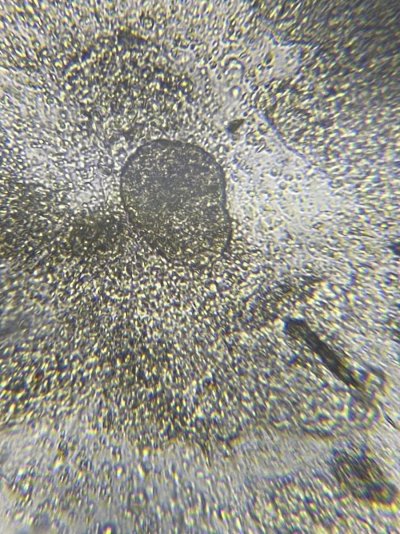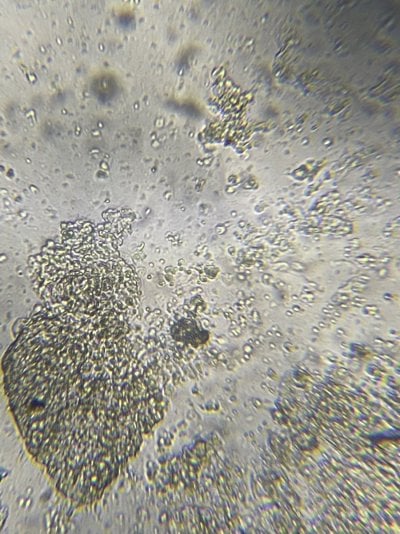Can someone please help me ID the protist in these images. These were taken with a 10x objective and 25x eyepiece from a mucus scraping of a deceased clownfish that had no visible spots but had large mucus overproduction that resembled a brooklynella infection. However I have had an Angel, two tangs, a royal gramma and another clownfish die suddenly. The Angel had a huge amount of spots that appeared suddenly on the day he died, looking possibly like marine velvet but based on these images I’m wondering if this is actually ich. All of the sudden deaths and sometimes asymptomatic until death events have led me to believe this is velvet however. Any help would be appreciated.
























